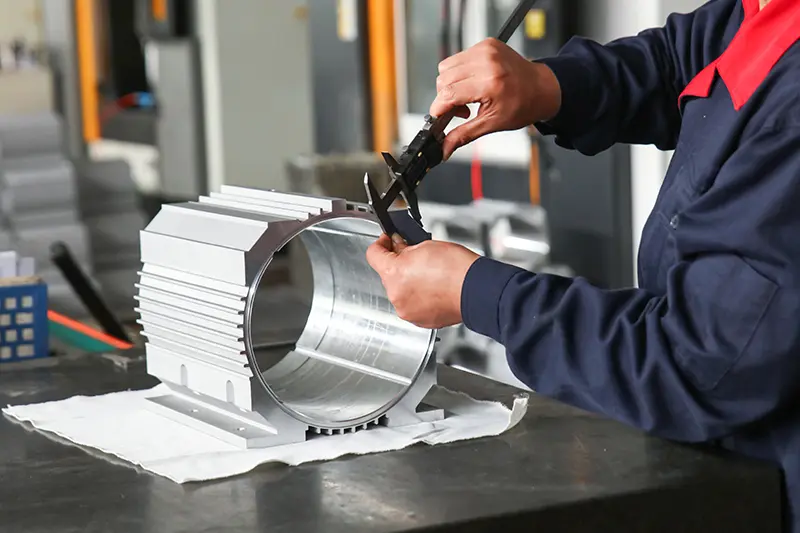Mobile:+86-311-808-126-83
Email:info@ydcastings.com
English
bronze casting equipment
The Essentials of Bronze Casting Equipment
Bronze casting, an ancient art form that dates back thousands of years, requires a delicate balance of skill, technique, and the right equipment. From creating intricate sculptures to functional items, bronze casting allows artisans to merge creativity with craftsmanship. To achieve the best results, understanding the essential bronze casting equipment is crucial.
1. Melting Furnace
The foundation of any bronze casting operation is the melting furnace. This equipment is responsible for heating bronze alloys to their melting point, which typically ranges between 950°C to 1,100°C (1,742°F to 2,012°F). Different types of furnaces are available, including electric induction furnaces, gas-fired furnaces, and even crucible furnaces. Electric induction furnaces are popular due to their ability to provide precise temperature control, ensuring an even melt. Gas-fired furnaces, on the other hand, are often favored for their portability and ease of use. Selecting the right furnace depends on the scale of production and specific casting projects.
2. Crucibles
Crucibles are containers that hold the molten bronze in the furnace. They are made from materials that can withstand high temperatures, such as ceramic or graphite. The choice of crucible can influence the quality of the cast bronze, as some materials may react with the metal or retain impurities. It's essential to select a crucible that suits the intended application and the specific alloy being melted.
3. Molds
Molds are integral to the casting process, as they shape the molten bronze into the desired form
. There are various types of molds used in bronze casting- Sand Molds These are created by packing sand around a pattern. Once the sand hardens, the pattern is removed, leaving a cavity for the bronze. This method is favored for its versatility and cost-effectiveness. - Investment Molds Also known as lost-wax casting, investment molds are made by coating a wax pattern with a ceramic shell. Once the shell hardens, the wax is melted away, leaving a detailed mold. This technique is renowned for producing intricate designs with fine details.
bronze casting equipment

- Permanent Molds Made from metal, these molds can be reused multiple times. They are suitable for producing high-quality castings in large quantities, providing durability and consistency.
4. Pouring Equipment
Pouring molten bronze into molds requires careful handling and precise equipment. A pouring ladle is essential for transferring the molten metal safely from the crucible to the mold. It is typically made of materials that can withstand high temperatures, such as steel or cast iron. Additionally, pouring cups are often used to control the flow of liquid metal, minimizing splashes and ensuring an even pour.
5. Cooling and Finishing Tools
After pouring, the bronze needs to cool and solidify before the mold is removed. Cooling racks or tables are often used to allow for proper airflow around the castings. Once cool, the finished bronze may require finishing tools such as grinders, sanders, and polishing equipment to achieve the desired surface quality. This step is essential for removing imperfections and enhancing the aesthetic appeal of the final product.
6. Safety Gear
Safety is paramount in bronze casting due to the high temperatures and potentially hazardous materials involved. Essential safety gear includes heat-resistant gloves, goggles, and protective clothing to shield against burns and molten splashes. Proper ventilation in the workspace is also vital to prevent inhalation of harmful fumes that may occur during melting and pouring processes.
Conclusion
Bronze casting is a complex yet rewarding discipline that brings together art and engineering. Investing in the right bronze casting equipment not only facilitates better outcomes but also enhances the overall experience for both amateur and experienced artisans. Understanding each component—from the furnace and crucibles to molds and finishing tools—can significantly impact the quality of the final product. With the right setup and safety precautions, anyone can explore the timeless craft of bronze casting and create lasting works of art.
-
Materials Used in Manufacturing Cap End Pipe FittingsNewsNov.24,2025
-
Material Properties of CF8M CastingNewsNov.24,2025
-
How to Inspect Pump Cap Ends for DamageNewsNov.21,2025
-
Backward Curved Impeller – Efficient Airflow Solutions for Industry | YD CastingsNewsNov.21,2025
-
Automobile Water Pump - Efficient, Quiet, Durable & ElectricNewsNov.21,2025
-
Impeller for Pumps – High-Efficiency, Durable, OEM-ReadyNewsNov.21,2025











